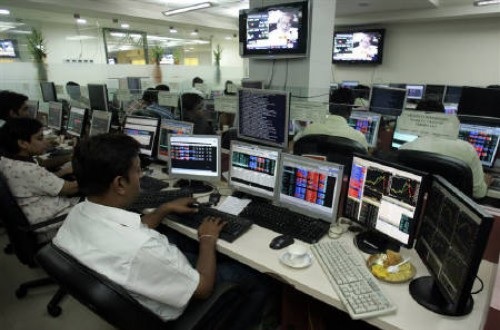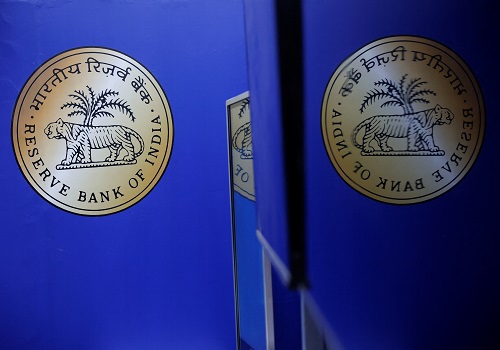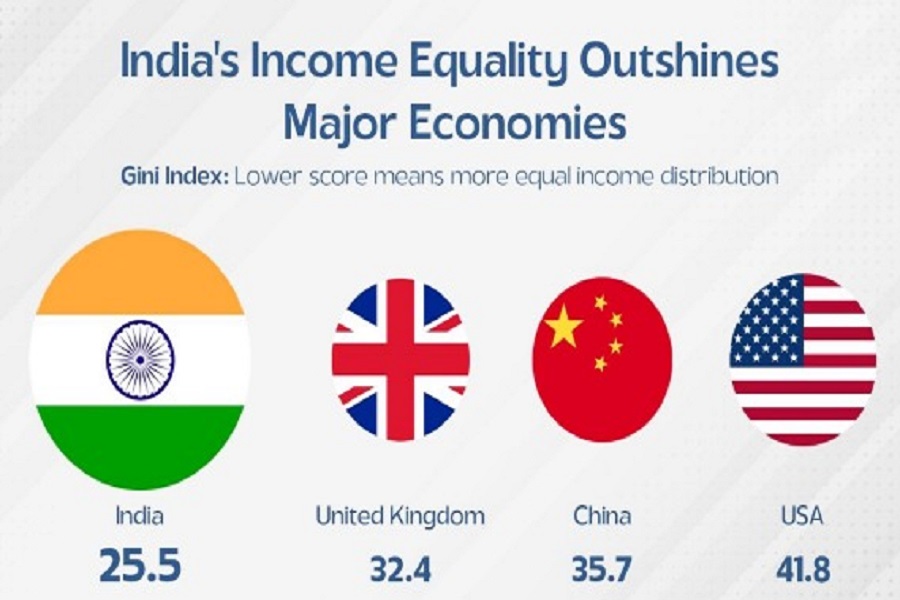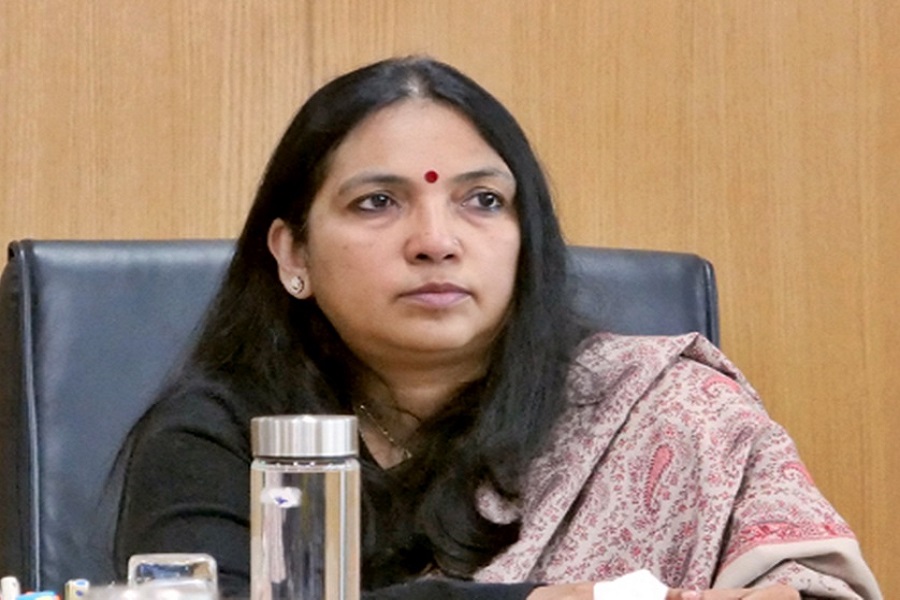RBI`s Policy Preview: Lower Inflation Paves the Way for Another Rate Cut by CareEdge Rating
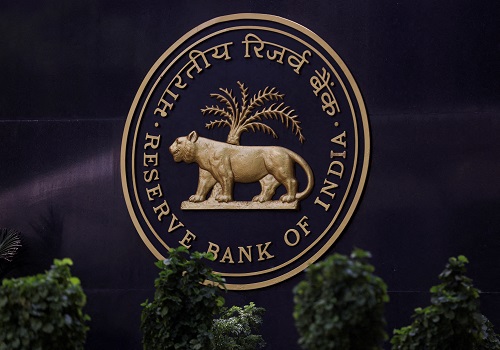
Ebbing Inflationary Concerns Amidst Global Headwinds Support the Case for Another Rate Cut
The upcoming monetary policy meeting in June takes place against the backdrop of a notable moderation in headline inflation in recent months, largely driven by easing food prices. Meanwhile, GDP growth for Q4 FY25 stood at 7.4%, significantly exceeding expectations and indicating healthy economic momentum. However, external headwinds—including global policy uncertainty, trade tensions, sluggish global growth, and geopolitical risks—will likely continue weighing on domestic growth prospects.
In this environment of easing inflation and heightened global uncertainties, we expect the Monetary Policy Committee (MPC) to maintain its focus on supporting the ongoing recovery in the growth momentum. The ratecutting cycle that began in February will likely continue, with a further 25-bps reduction in the repo rate expected at the June meeting, while retaining an accommodative stance. Improved liquidity conditions have resulted in the moderation of the call money rate. The healthy growth momentum and the already easing money market rates may prompt the RBI to take incremental steps in policy easing, reducing the likelihood of a larger rate cut in this meeting. We anticipate the policy statement to strike a dovish tone while remaining cautious about evolving global developments.
Moderating Inflation to Give Comfort to MPC
CPI inflation fell to 3.2% in April, marking the lowest reading since August 2019. It has stayed below the 4% threshold for three consecutive months. The sustained decline in food and beverage inflation contributed to this lower inflation rate. Inflation in the food and beverages category decreased to 2.1% in April, from a peak of 9.7% in October 2024. Vegetable basket (-11% YoY), a key driver of food inflation, has been in deflationary zone for three consecutive months, reversing the trend seen in the CY2024, where it averaged ~27%. Apart from vegetables, ongoing deflation in pulses (-5% YoY) and spices (-3% YoY) has aided in the moderation of food inflation. Encouraging prospects for agricultural production, the arrival of fresh Rabi harvest, and comfortable reservoir levels are positives for food inflation. IMD’s projection of an above-normal monsoon should support robust growth in agricultural output. However, it will be crucial to monitor the distributional aspect of the monsoon. The double-digit inflation of edible oils (17.4% YoY) remains a concern, especially given the contraction in oilseed sowing, the increase in global edible oil prices, and the country's import dependency in this category .
Core inflation remains comfortable at 4.1%, despite a slight uptick in recent months, driven by the lower base of last year. Overall, headline inflation is expected to remain within a comfortable range, closer to the 4% target, over the next few quarters (Exhibit 1), providing the RBI with the necessary flexibility to prioritise growth concerns. We expect the RBI to retain its average FY26 CPI inflation projection of 4%, marginally lower than our projection of 4.2%. Given the climate-related risks, we have kept the inflation projections slightly higher than the RBI’s.
International commodity prices have also declined following the escalation of the tariff war, reflecting growing pessimism regarding the global economy's growth momentum. In April, average Brent crude prices dropped by ~ 23% YoY, while the Bloomberg Industrial Metals Subindex fell by ~12% YoY. The imposition of US tariffs has further heightened concerns over dumping, as these measures could lead to an oversupply in global markets due to surplus production from China. Additionally, the recent fall in the dollar index alleviates the risks of imported inflation. The WPI inflation also remains benign. In April 2025, India's Wholesale Price Index (WPI)-based inflation eased to 0.85%, a significant drop from 2.05% in March. Going forward, global commodity prices are unlikely to pose a threat as global demand remains subdued. However, there remains a risk of supply disruptions amid escalated geopolitical conflicts.
Growth Improves but External Headwinds Remain a Concern
India’s GDP growth for the fourth quarter of FY25 stood at 7.4%, significantly surpassing expectations and indicating improvement in economic momentum. This brings the full-year FY25 growth to 6.5%. The growth trajectory improved notably in the second half of FY25, averaging 6.9%, compared to 6.1% in the first half, which was affected by election-related disruptions. The overall growth in FY25 was supported by robust performance in the agriculture sector (4.6% YoY), construction (9.4%), and the services sector (7.2% YoY). However, despite recent improvements, growth in the manufacturing (4.5% YoY) and mining (2.7% YoY) sectors remained subdued. Given the higher exposure of these sectors to tariff tensions, closely monitoring the recovery trajectory in these sectors will be essential going forward.
On the demand side, private consumption has moderated to 6% in Q4 from 8.1% in Q3. Rural demand is expected to be supported by favourable agricultural output and easing inflation, while the outlook for urban demand remains mixed. Anecdotal evidence points to subdued wage growth, contributing to muted urban consumption. For instance, the labour cost growth of select major Indian IT companies declined to ~ 4% YoY in CY24, a sharp drop from the 14% YoY observed in CY23. On a positive note, inflationary pressures have been on a continued downward trajectory, particularly in the food category. Additionally, the consumption scenario is anticipated to gain due to factors such as lower tax burden and RBI rate cuts. GFCF growth rebounded following a recovery in capex allocation by the central government. However, private capex is yet to show a meaningful recovery.
While economic activity has improved compared to H1 FY25, assessing whether the recovery is broad-based and whether the growth momentum can be sustained amid persistent global uncertainties remains crucial. Much of the topline growth in Q4 was driven by higher net indirect tax collections and a moderation in import demand, rather than a widespread improvement across sectors.
Although agriculture and services have shown resilience, several concerns remain. Subdued manufacturing growth, uneven consumption demand, a delayed recovery in private capital expenditure, and weak exports are key factors that warrant close monitoring. Though the US has put the reciprocal tariffs on a 90-day hold, we expect global economic uncertainty to persist going forward. This is likely to weigh on the private investment impulses. Given this context, a broad-based and durable consumption recovery becomes increasingly critical for a revival in the private capex cycle. Factoring in all these aspects, we expect GDP growth to be at 6.2% in FY26. However, the RBI is likely to stick to its growth projection of 6.5% in FY26.
Liquidity Conditions Remain Comfortable
The RBI’s liquidity injection has kept the overall banking system liquidity in surplus. Average systemic liquidity has remained in surplus for the past two months (Exhibit 3), leading to the weighted average call rate hovering below the repo rate for specific periods over these months. Average banking system liquidity surplus stood at Rs 1.7 trillion in May, equivalent to about 0.7% of NDTL. This is even higher than Rs 1.4 trillion surplus in April. RBI’s repo auctions, OMO purchases and dollar swaps over the past few months have aided liquidity conditions. The higher than budgeted RBI dividend to the government (Rs 2.7 trillion) and expected pick up in government spending should further support liquidity conditions.
The RBI has effectively eased ~75 bps since February 2025 (despite a repo rate cut of 50 bps) through aggressive liquidity easing measures, allowing the overnight rates to drop closer to the lower end of the corridor (Exhibit 4). Surplus liquidity conditions would additionally ensure smoother transmission of the policy rates. We expect the RBI to continue to ensure favourable money market conditions and support credit growth. Easing money market rates may prompt the RBI to take incremental steps in policy easing, reducing the likelihood of a larger rate cut in this meeting.
External Volatility Remains a Challenge
Financial markets continue to face volatility amid ongoing trade policy uncertainties and geopolitical tensions, contributing to a persistently unpredictable external environment. Although Foreign Portfolio Investment (FPI) flows into Indian markets have turned positive in May (USD 3.6 billion) and the US dollar index has softened, the risk of broader global economic disruptions remains elevated. In its April 2025 World Economic Outlook, the International Monetary Fund (IMF) revised its global growth projections downward, forecasting growth of 2.8% for 2025 and 3.0% for 2026 - both lowered from 3.3% projected in January 2025.. Slower global growth amidst uncertainties can pose heawinds headwinds to domestic growth momentum.
While US trade tensions have somewhat eased - for instance, the US and China agreed on a 90-day tariff truce, and the UK and US recently reached a trade deal - US tariffs are likely to remain relatively elevated. Higher tariffs will feed into inflation and weigh on domestic demand. Although fears of the US recession have eased, economic growth may still slow. As a result, the US dollar is expected to remain weak. Rising fiscal concerns and diminishing safe-haven demand could further weigh on the dollar. Additionally, expected Fed rate cuts from H2 2025 should also keep the dollar soft.
Despite global headwinds, India’s external position remains resilient. Foreign exchange reserves have increased by USD 52 billion year-to-date, reaching USD 693 billion as of 23 May. The current account deficit (CAD) is also expected to remain manageable, projected at 0.9% of GDP in FY26. On the external front, healthy services exports and softer Brent crude oil prices are key positives.
The rupee has appreciated around 2.3% from its February lows, supported by a weaker dollar and a stronger yuan. It is also backed by India’s manageable CAD. On the REER basis, the rupee remains undervalued, suggesting it retains export competitiveness. On the capital account side, uncertainty around global trade policy may weigh on investor sentiment and keep investment inflows muted in FY26. FPI flows into India are expected to be volatile amidst global uncertainties and the evolving US trade and fiscal landscape. The US-China trade truce could also redirect some FPI flows towards China. The recent gains in Japanese government bond yields may also influence foreign portfolio allocation trends.
We expect USD/INR to trade between 85-87 by end-FY26. Progress on US trade negotiations with India and other Asian countries will be key to watch, given their potential impact on capital flows.
Way Forward
Falling inflation will give the RBI the flexibility to prioritise growth amidst external headwinds. While growth momentum has improved, challenges like uneven consumption recovery, muted private capex growth, and subdued manufacturing growth remain. CPI inflation is expected to stay comfortable in FY26. This opens room for further monetary policy easing. We expect the RBI MPC to cut the policy rate by another 50 bps in FY26 (including 25 bps in June), with chances of a deeper rate cut cycle if growth falters.
Above views are of the author and not of the website kindly read disclaimer




